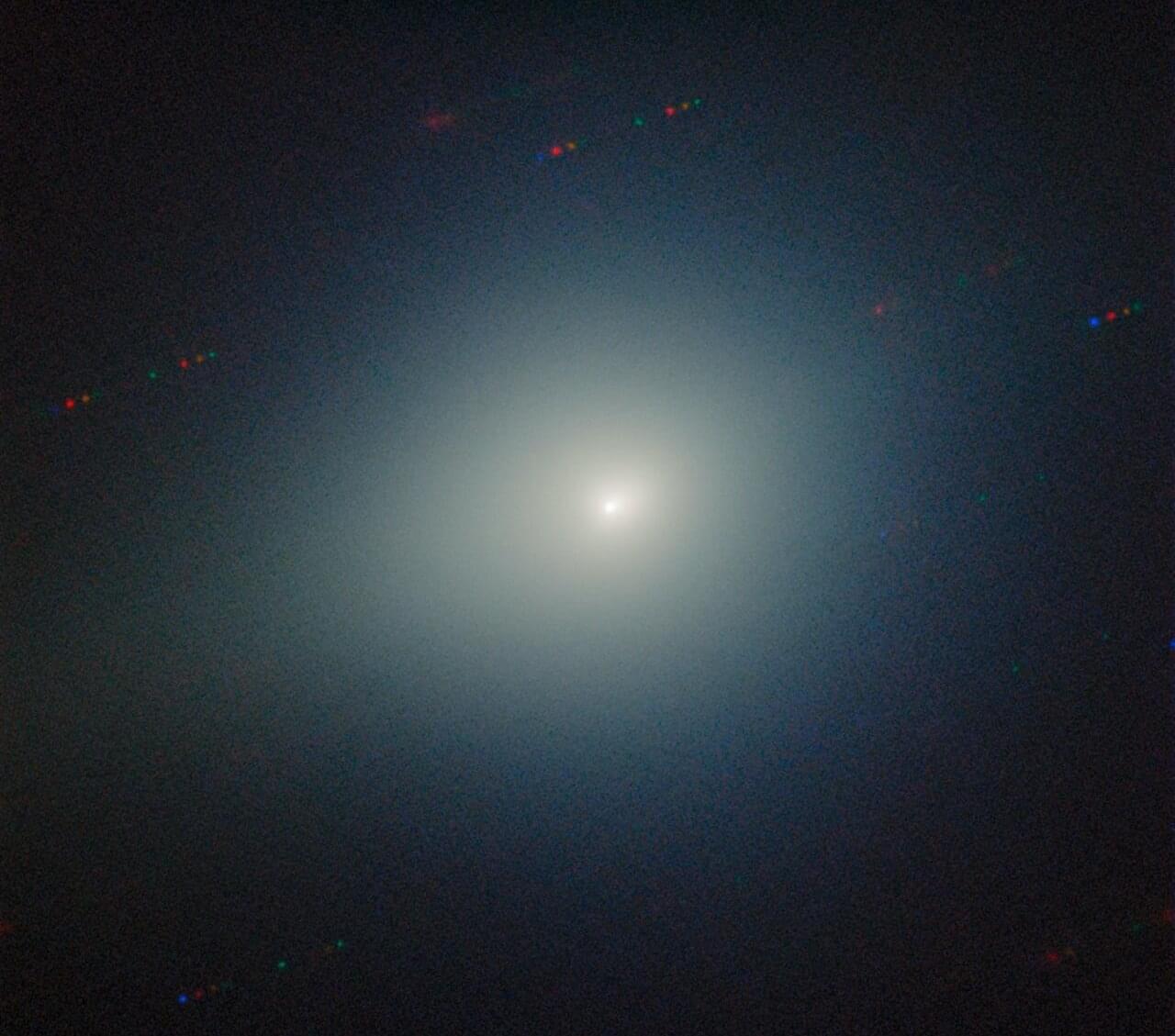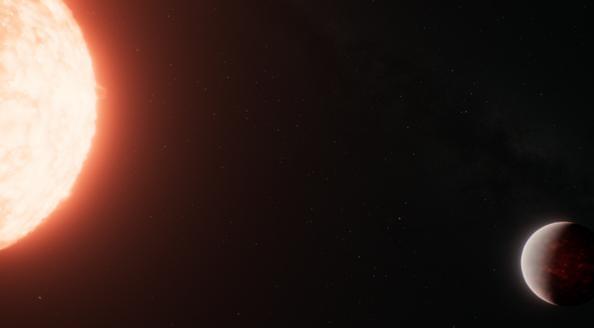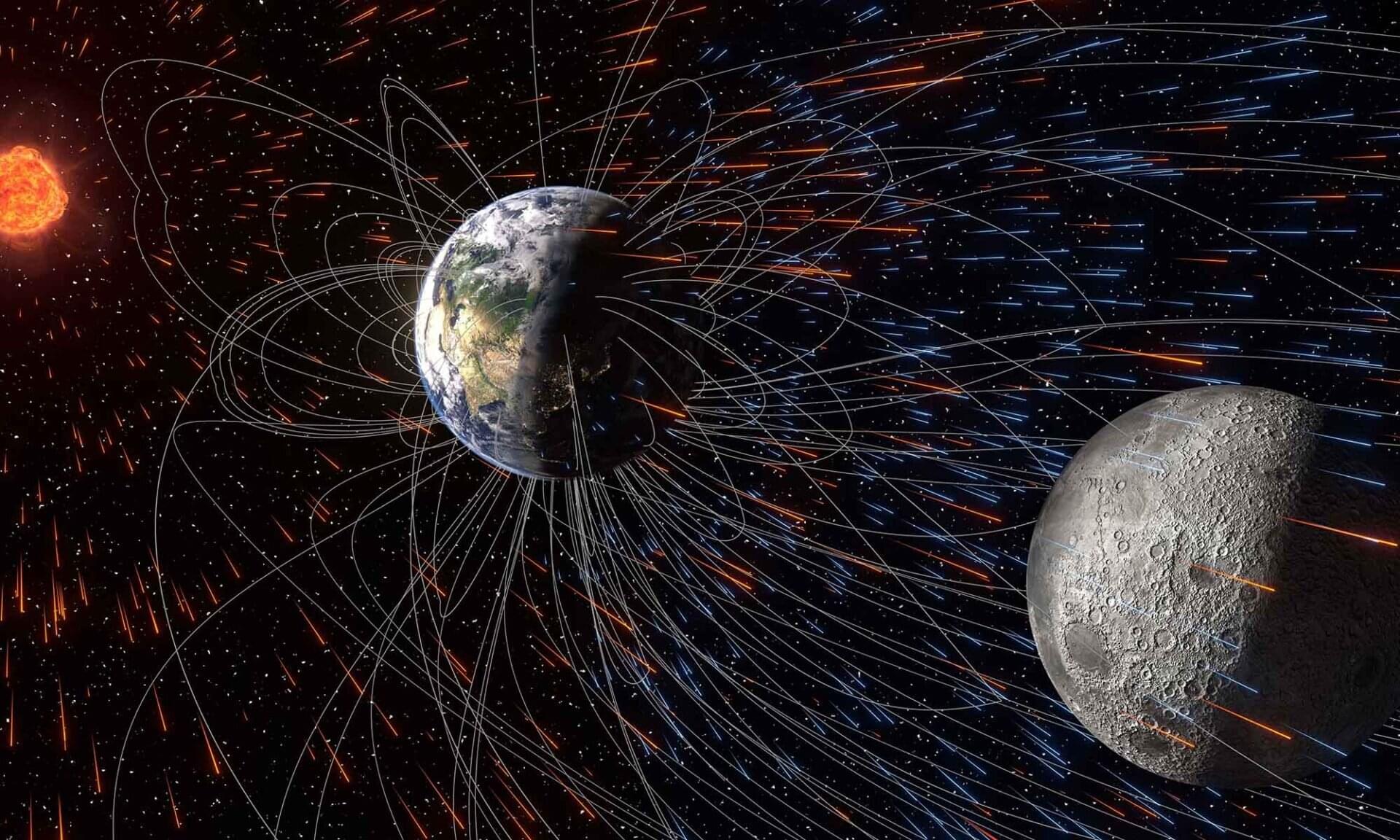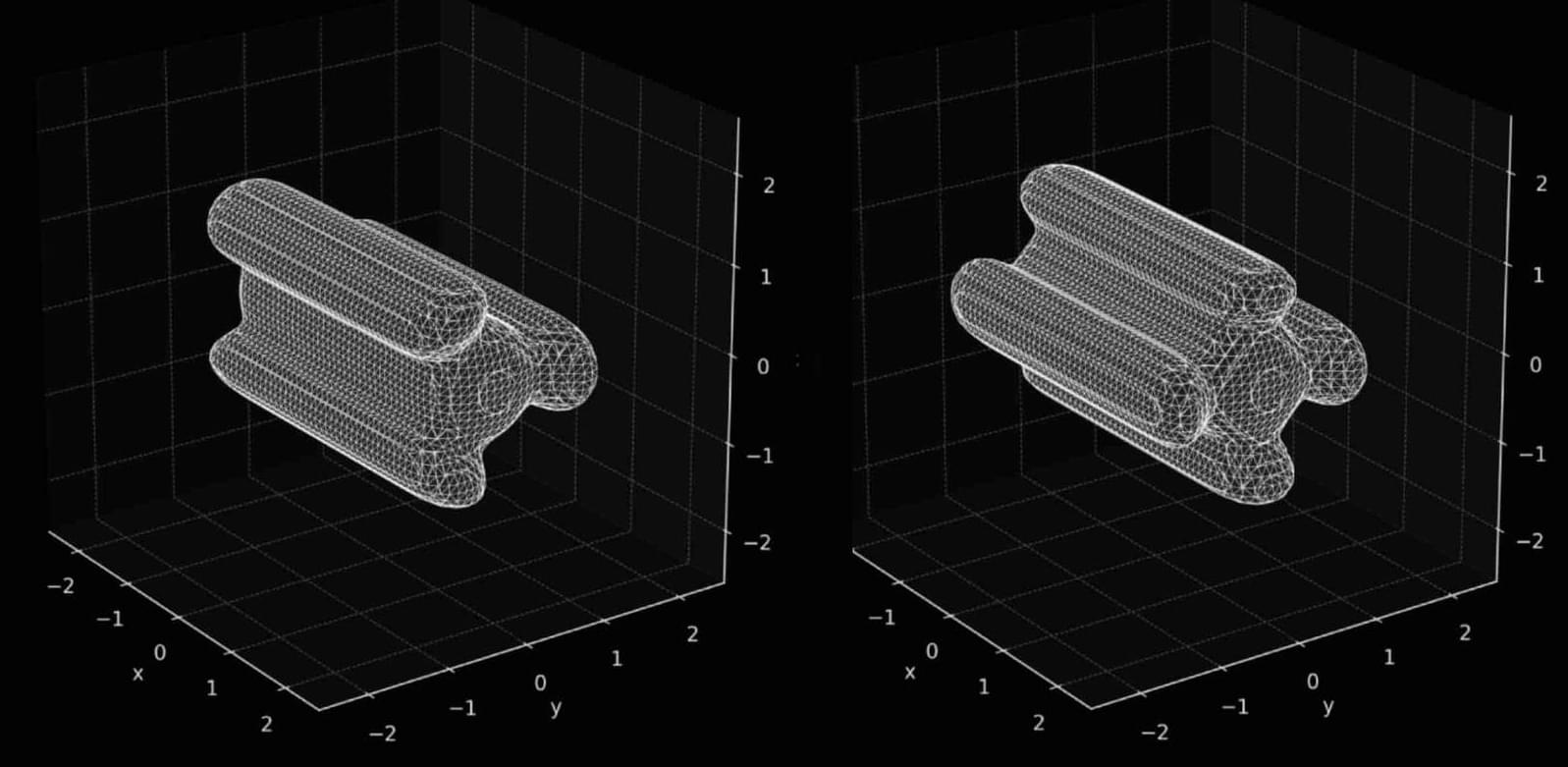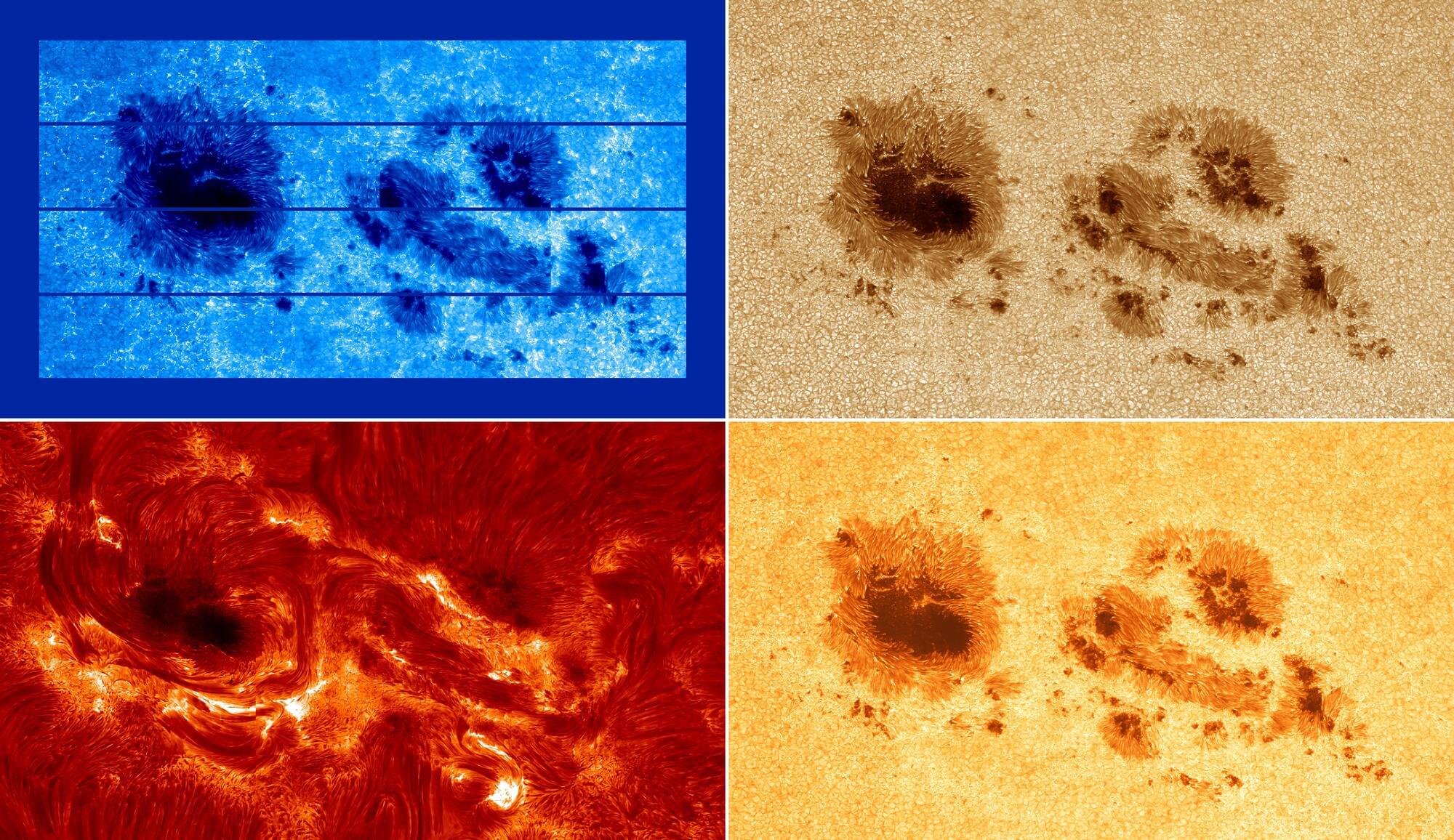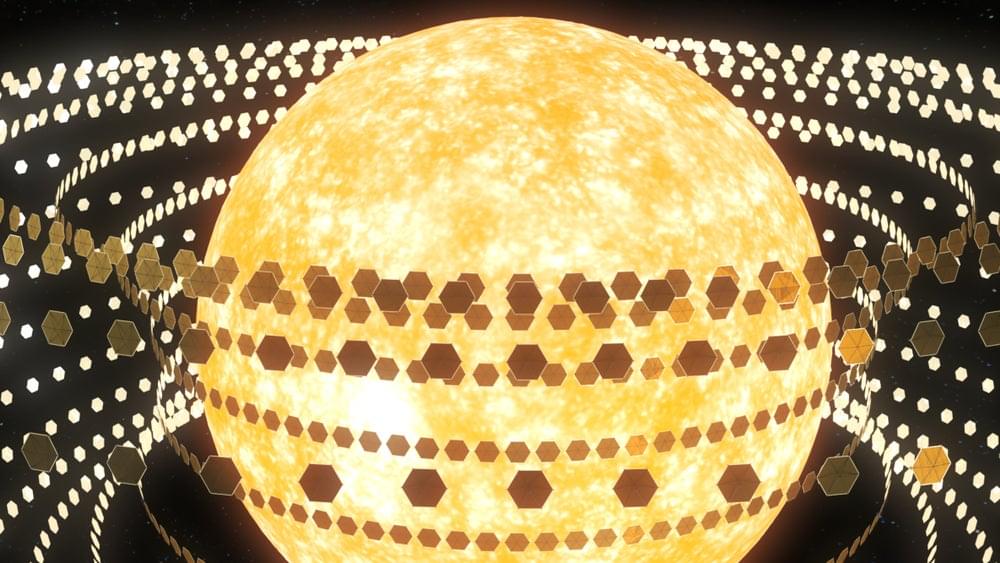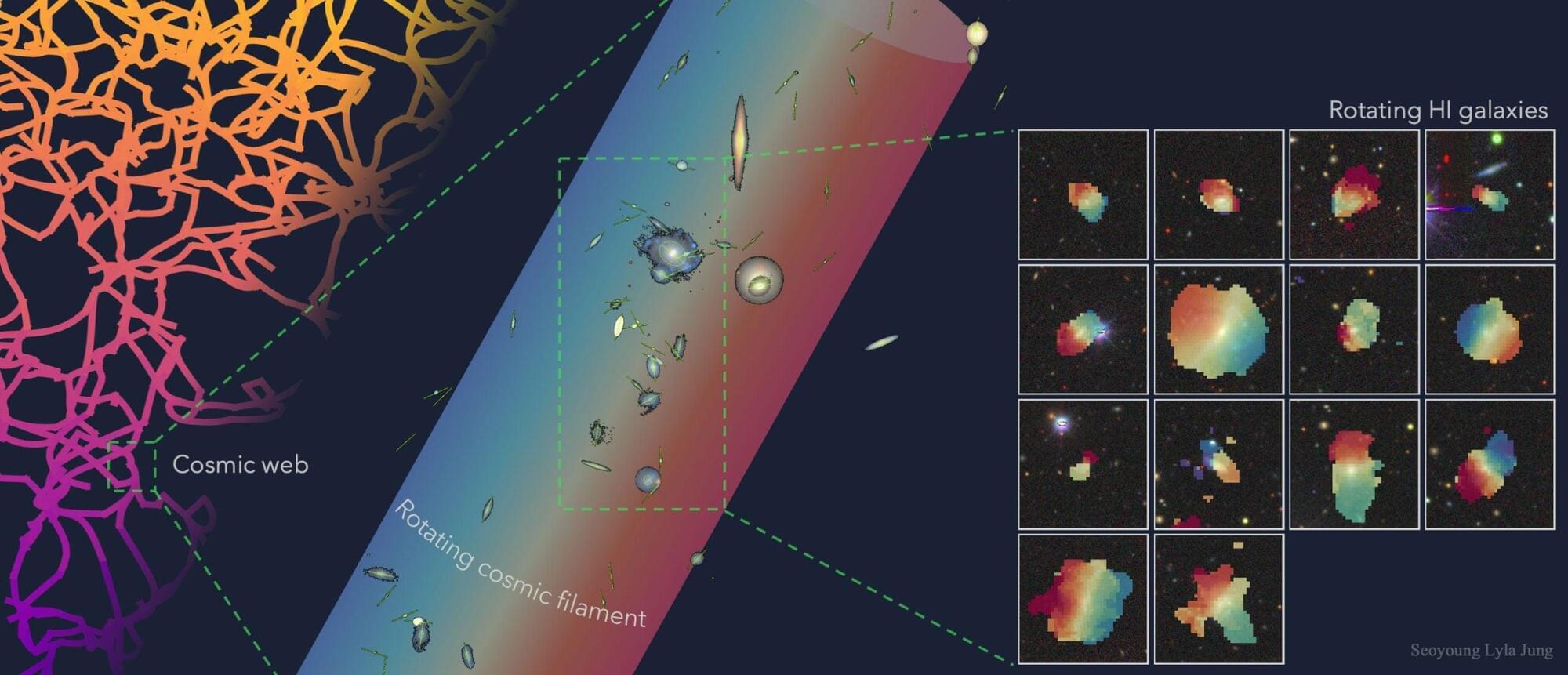Gemini North captured new images of Comet 3I/ATLAS after it reemerged from behind the sun on its path out of the solar system. The data were collected during a Shadow the Scientists session—a unique outreach initiative that invites students around the world to join researchers as they observe the universe on the world’s most advanced telescopes.
On 26 November 2025, scientists used the Gemini Multi-Object Spectrograph (GMOS) on Gemini North at Maunakea in Hawai’i to obtain images of the third-ever detected interstellar object, Comet 3I/ATLAS. The new observations reveal how the comet has changed after making its closest approach to the sun. Gemini North is one half of the International Gemini Observatory and operated by NOIRLab.
After emerging from behind the sun, 3I/ATLAS reappeared in the sky close to Zaniah, a triple-star system located in the constellation Virgo. These observations were taken as part of a public outreach initiative organized by NOIRLab in collaboration with Shadow the Scientists, an initiative created to connect the public with scientists to engage in authentic scientific experiments, such as astronomy observing experiences on world-class telescopes. The scientific program was led by Bryce Bolin, a research scientist from Eureka Scientific.
